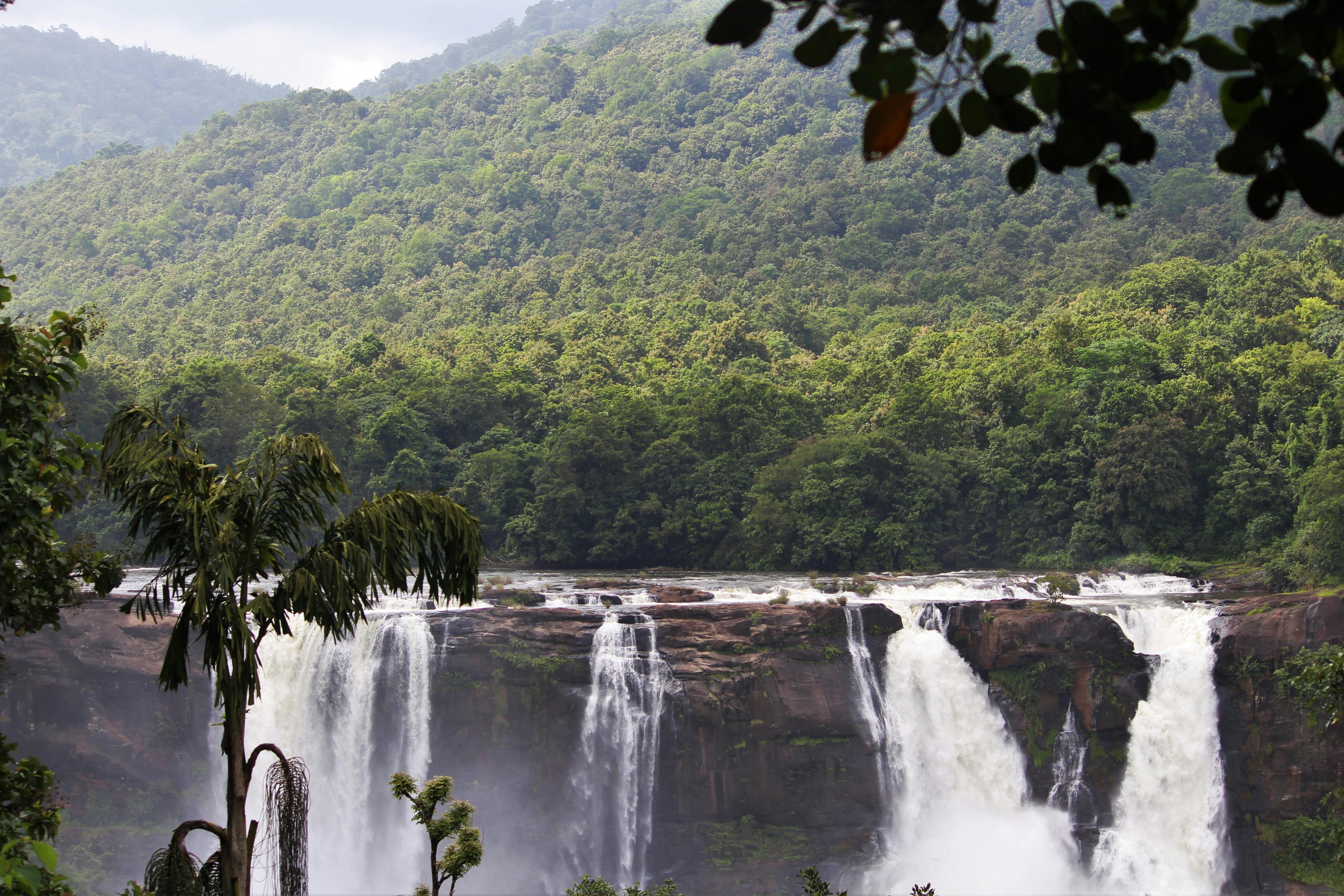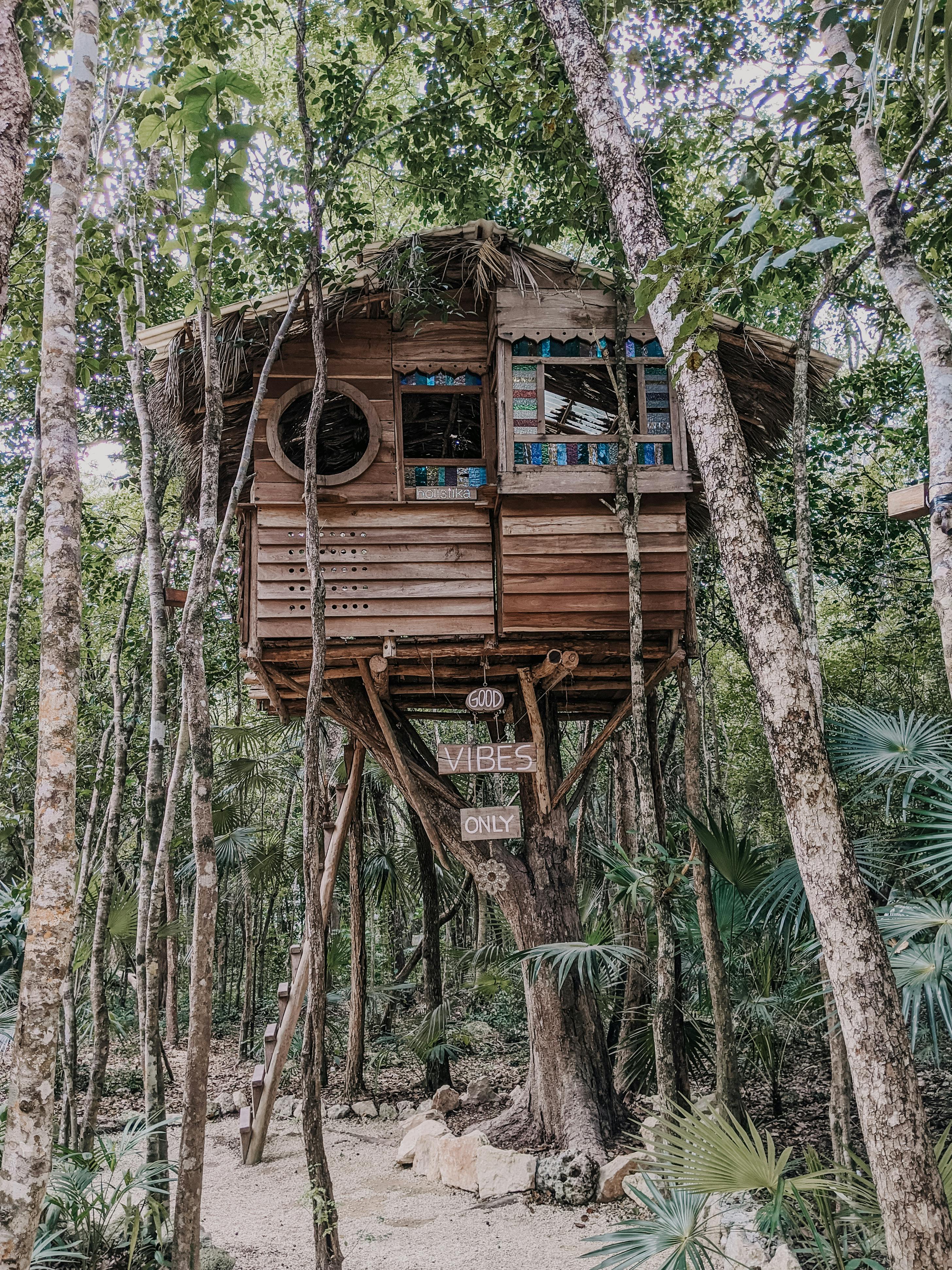Republic of the Congo Travel Essentials: Safe Jungle Adventure Guide
Let me start with a reality check—most people picturing the Republic of the Congo imagine remote jungles, winding rivers, and perhaps a few rumors about safety and accessibility. But let’s cut through the clichés. My first time stepping off a riverboat in Brazzaville, overwhelmed by the humidity and vibrant color, I realized this country offers one of Africa’s most pure, untouched eco-adventure landscapes. And honestly, that rawness is both thrilling and intimidating.
If you’re considering a Republic of the Congo jungle trek or eco-adventure, you’re already ahead of 99% of travelers who stick to “safe” safari ground in neighboring countries. Here’s what really matters: Planning intelligently, staying safe, traveling ethically, and immersing yourself in the local rhythm. This article is about making that happen—from personal experience and lessons learned the hard way.
So, is the Congo for you? Absolutely—if you crave wild adventure, authentic human connection, and believe in responsible travel. But planning takes nuance, and the reality isn’t always what popular travel blogs suggest. I’ll share essential tips, step-by-step guidance, and nuggets of hard-earned wisdom to help you design a trip that’s both secure and sustainable.
Ready? Because what you’ll find in Congo could change your perspective on adventure forever.
Why Choose Republic of the Congo for Your Adventure?
Honestly, most travelers looking for African wilderness flock to Kenya, Tanzania, or South Africa, but they’re missing out. If you want immersive, jungle-based adventure that feels genuinely off-grid, Congo is something else. Sure, it’s not for everyone – the logistics are tougher, infrastructure is basic, and you’ll need to read between the lines of guidebooks. But it’s worth it.
What struck me most during my first trek was the feeling of being part of nature’s original design—tracking gorillas with local guides who know every branch, learning traditional fishing from river communities, and encountering wildlife you won’t see anywhere else. In my experience, the biodiversity in the Republic of the Congo rivals Gabon’s and Central African Republic’s, and the eco-conservation efforts are growing.1 Not to mention, travelers consider Odzala-Kokoua National Park one of Africa’s best rainforest reserves—a statement I can vouch for after three muddy days spent there last summer.
Still on the fence? Here’s a country fact that often surprises first-timers:
Step-By-Step Planning Timeline: Maximizing Safety and Excitement
Let’s break this down. Here’s a step-by-step timeline I’ve honed over repeat visits and client itinerary planning:
- 3-6 months ahead: Research park permits, check travel advisories3, consult local guides.
- 2-3 months ahead: Reserve eco-lodges and transport (ideally with local operators who understand weather, safety, and conservation).
- 1-2 months ahead: Confirm travel insurance and health documentation, especially yellow fever and malaria prevention.4
- 2-4 weeks ahead: Double-check packing lists, arrange airport pickups, plan contingencies for weather and delays.
- Night before: Brief with your guide, review emergency contacts, check local news for weather or political updates.5
I’ll be honest, I’ve skipped a step before—only to be stuck in a remote camp with expired malaria tablets and no cell signal. Don’t do that. Follow the process, adapt for your own comfort level, and review health and safety specifics for each park.
Informations clés
Solo travel in Congo is possible, but adventure companies and accredited local guides dramatically increase safety, provide invaluable expertise, and help you navigate real-world challenges.6How to Travel Safely and Responsibly
In my experience, the biggest risk isn’t wildlife—it’s underestimating local realities. Immunizations, insurance, and careful itinerary planning are crucial, but so is cultural respect and humility. Here’s a quick comparison of the essentials:
| Preparation Area | Must-Have | Conseil d'expert | Common Rookie Mistake |
|---|---|---|---|
| Medical Prep | Yellow fever & malaria meds | Pack a small, waterproof med kit with backup doses | Trusting clinics in remote areas over pre-trip prep |
| Documents | Travel insurance, visa | Leave digital copies with trusted contacts | Not verifying visa requirements (they change often) |
| Local Contacts | Guide info & emergency numbers | WhatsApp works almost everywhere locally | Relying solely on international mobile data |
Quick point: Always trust, but verify. Government advisories shift, weather can flip on a dime, and the “official” route may be impassable in rainy season.
That’s my opening advice—and the foundation for every safe, responsible Congo adventure. Next up, let’s really dig into packing, gear, and how to avoid classic mistakes.
Packing & Gear Essentials for the Republic of the Congo
Packing for Congo isn’t just about the gear—it’s about survival, comfort, and respecting local culture. Across several trips, I’ve learned what matters by trial, error, and sometimes outright failure. For new travelers: You don’t need to shop for “expedition” gear unless you want to. Honestly, well-chosen basics do the job.
The trick is adapting to unpredictable climate and terrain. Let me break it down for you.
- Lightweight, quick-dry clothing: Humidity and sweat are perpetual companions.
My biggest packing mistake? Bringing heavy jeans—completely useless and barely dry overnight. - Sturdy waterproof boots: Jungle mud can be relentless during rainy season.7
- Health kit: Include anti-malarials, insect repellant, antihistamines, water purification tablets, mini first-aid essentials.
- Portable charger & flashlight: Electricity is unreliable outside Brazzaville—don’t expect a recharge station in the jungle.
- Multi-purpose scarf or buff: Works for sun, bugs, dust, and even cultural modesty.
- Reusable water bottle & dry bag: Plastic waste is a real eco-threat—locals appreciate conscious travelers.
- Language basics: French is official, Lingala/Sango heard locally; a phrasebook or app can break barriers.8
What did I forget my first time? Extra malaria pills and duct tape—turns out, you can fix everything with duct tape (from boots to backpack straps). Don’t underestimate local resourcefulness, but plan for your own comfort zones.
Personal Packing Insight
The best “penknife” story: My guide in Odzala fixed a stuck Jeep door using nothing but a pocket knife and two rubber bands. The moral? Locals improvise, but you should bring at least one multi-tool of your own.Eco-Adventures & Jungle Trekking: Making the Most of Congo’s Wild Side
Here’s where things get exciting. For many, the word “Congo” conjures images of impenetrable jungle and rare gorillas. That’s not far off, but the magic is in the detail—a well-planned trek covers more ground than most “big name” safaris.
Odzala-Kokoua is the heart of eco-adventure (ask anyone in conservation circles), with countless trails through primary rainforest, swamp clearings, and bai ecosystems where forest elephants and primates roam.9 My personal highlight: a dawn trek that ended with a silverback gorilla sighting—adrenaline, awe, and deep respect for guides who read animal tracks like street signs.
Featured Activities for Eco-Adventurers
- Gorilla tracking: Odzala, with expert guides—strict group limits for eco-protection.
- Canoe safaris: Ngoko and Sangha Rivers—unbeatable bird-watching and untouched forest vistas.10
- Jungle walks: Early morning for wildlife, late afternoon for sunset and cooling air.
- Village visits: Learn local crafts, traditional fishing, and support community livelihoods.
- Night hikes: For safe, fascinating insect and amphibian observation—never alone!
Quick correction here: Not every activity suits every traveler. Some treks are full-day, physically demanding; others can be adapted for kids or older explorers. It’s vital to disclose allergies, mobility concerns, medical issues with guides beforehand. Guides adapt routes—one of the most impressive examples of Congolese professionalism I’ve seen.
Local Insights & Respect: Travelling With Sensitivity
This is where many foreign adventurers trip up. Respect in Congo isn’t just etiquette—it’s foundation for safety and authentic travel. What really matters? Small gestures: learning greetings, respecting dress codes, tipping guides, and showing humility.
A few personal notes:
- Never assume English is widely spoken—even in tourist areas.
- Gift local crafts or offer a meal rather than cash when expressing thanks.
- Ask before photographing people, especially in villages.11
- Appreciate local wisdom—invaluable when navigating tough trails, finding food in camps, or troubleshooting gear mishaps.
I once accidentally wore shorts in a village ceremony—minor faux pas, but it took a few jokes and extra greetings to smooth over. Take the time to learn about local customs. It pays off in trust and opens doors to experiences guidebooks never mention.
Ethical Travel Call-Out
Respect earns goodwill, safety, and deeper access to local knowledge. Travelers who listen—rather than demand—make the greatest impact for conservation and community development.12
Seasonal Travel & Weather Planning: Best Times to Visit
Seasonal timing in Congo isn’t just about avoiding rain—it dictates everything from road conditions to wildlife sightings. What’s wild is how quickly things change: dry spells open up remote trails, but sudden rains can cut off access for days.
Here’s my quick seasonal breakdown, tested against both official weather charts and years of local travel:
| Saison | Months | Avantages | Inconvénients |
|---|---|---|---|
| Long dry | June–Sept | Best for jungle trekking, fewer mosquitoes | Higher costs, busier eco-lodges |
| Brief dry | Feb–March | Good rivers for canoe trips, moderate wildlife sightings | Hot, midday heat can be draining |
| Rainy (north) | Oct–Jan | Lush scenery, bird migrations peak | Roads may close, insects surge |
| Rainy (south) | April–May | Gorilla, elephant sightings improve | Travel is unpredictable, humidity high |
My best advice: If you’re flexible, aim for late dry season in central-north Congo. Roads are open, wildlife is visible, and guides can promise reliable experience. Stay weather-aware and pack for spontaneous rain—ponchos are compulsory.
Weather Survival Tip
Locals treat weather as a living thing—check in daily, trust their updates over official forecast apps, and plan for at least one “unexpected” storm on any trek.Wildlife, Flora & Conservation: What Really Awaits in the Republic of the Congo
Ask around, and you’ll hear wild tales of Congo’s biodiversity—the numbers alone feel staggering, but the real impact hits you when walking beneath giant trees and hearing gorillas drum on hollow bark. I’ll admit, I used to think all African forests were similar. But standing in an Odzala bai, watching forest elephants cross at sunrise? It’s a revelation.
Let’s get specific—this table covers just a fraction of the treasures:
| Species/Plant | Souligner | Best Location | Conservation Status |
|---|---|---|---|
| Western gorilla | Rare, protected tracking experiences | Odzala National Park | Critically endangered13 |
| Forest elephant | Frequently spotted in baïs | Mbomo, northern Congo | Endangered |
| African grey parrot | Iconic, vocal forest species | Ipendja forest | Vulnerable |
| Okoumé tree | Towering rainforest timber | Widespread, local logging threats | Protected zones only |
Last year, I joined a conservation ranger for a wildlife census. The dedication of Congolese staff—from ranger teams to rural community scientists—is seriously inspiring; they blend advanced tracking methods with traditional knowledge.14 Want to help? Opt for eco-lodges that support reforestation, community jobs, and anti-poaching programs. And ask guides about conservation impacts—they’re usually delighted to talk shop.
Safety, Health & Emergency Planning: What Most Guides Miss
Here’s something most travel guides skate right over: emergencies are rare but unpredictable in Congo’s deep jungle. Let me think for a moment—how do I explain this without spooking you? Look, you’re not just dealing with wildlife, but with changing weather, possible political shifts, and health issues.
Back when I first started, I failed to register my itinerary with my embassy. Big mistake. Since then, I always leave contacts, keep printed emergency procedures, and check camp satellite phone reliability. Three essentials you must handle yourself:
- Register with your embassy: This helps if evacuation or updates are needed.15
- Medical kit: Don’t skimp; bring redundant malaria medicine, allergy meds, antibiotics.
- Emergency contacts: WhatsApp numbers for guides, medical help, and embassy contacts.
Guides know terrain. Trust their instincts; if a trek route changes, it’s for good reason (I had one guide detour ten kilometers due to elephant movement—not something to question lightly). Always ask about local security, health dangers, and camp procedures—they expect real travelers to be curious. Mistakes teach caution, but learning from locals is the real path to safety.
Quick Action Checklist
- Review embassy advisories monthly before you travel.
- Share itinerary with trusted contacts.
- Double-check medical supplies—don’t wait to buy on arrival.
- Confirm guide credentials with eco-lodge reception or national park office.
Memorable Moments & Personal Mistakes: The Reality of Learning Congo Travel
I want to get a little personal here. Honestly, the most authentic memories aren’t always Instagram-worthy. My first night in the jungle? Two hours of mosquito net drama, followed by a rainstorm and one nervous wildlife alarm. Sound familiar to anyone who’s camped outside their comfort zone? These small failures teach humility and adaptability—a theme that runs through every truly memorable trip.
My best advice, after making loads of mistakes: embrace uncertainty as part of the experience. The Congo trains you to expect nothing, plan carefully, and appreciate surprises. Sometimes, local guides amaze you with impromptu wisdom; other times, nature humbles even the most detailed itinerary. Let that sink in for a moment—adventure isn’t always about control. It’s about being present, responding with respect, and learning relentlessly.
Real-World Sustainability: Responsible Travel That Leaves a Positive Impact
This brings me to the part I care about most. Eco-adventure isn’t just an ethical checkbox; it’s a living relationship between travelers, land, and local communities. My perspective has evolved—early trips were self-centered, focused on scenery and thrill. Now, it’s collaboration: supporting village guides, choosing eco-lodges, and joining conservation walks.
Sustainable travel is practical, not theoretical. Pick lodges that train locals, avoid single-use plastics, donate gear, and (genuinely) tip well. Also, share honest stories back home—help others learn from your mistakes and triumphs.
What strikes me most is the difference this makes. I’ve watched small donations fund school programs and wildlife patrols, and local guides beam with pride at traveler respect. That’s real impact.
Strong Call to Action
Be the traveler who leaves Congo better than you found it. Choose responsible operators, listen more, minimize waste, and amplify positive stories. Our collective efforts shape future eco-adventures—and support the communities who make them possible!Summary & Next Steps: Easy Roadmap to Republic of the Congo Adventures
Let’s recap the essentials, because there’s a lot to digest—and honestly, if you follow these steps, your Congo travel will be safer, richer, and more sustainable.
Quick summary:
- Plan in advance using local guide expertise—from permits to daily itineraries.
- Pack flexibly—essential medicines, waterproofs, emergency contacts.
- Respect local customs—greetings, dress, gift-giving, curiosity.
- Travel sustainably—avoid plastics, support conservation, choose ethical operators.16
- Stay present—expect the unexpected, learn from every experience, and leave the country better.
Sound simple? It’s deceptively challenging—but super rewarding. So, as you prepare your journey, remember: the Congo isn’t just a destination. It’s a classroom, a challenge, and a living community. Respect that, travel humbly, and the adventure will take care of itself.
Références



